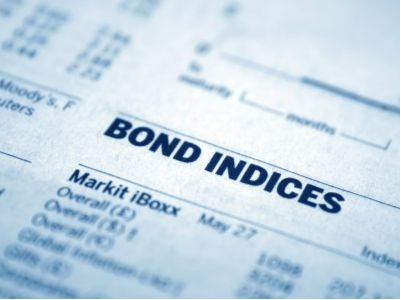Allianz: Expected Fed to cut interest rates by 25 basis points in November, US election exacerbates bond market volatility
2024-11-06 11:01
Allianz expects the Federal Reserve to cut interest rates by another 25 basis points at the policy meeting, lowering the target range for the federal funds rate to 4.5% to 4.75%.
The Federal Reserve will hold a policy meeting on November 6-7. Michael Krautzberger, Chief Investment Officer of Allianz Investment Global Fixed Income, expects the Fed to cut interest rates by 25 basis points again at the policy meeting, lowering the target range for the federal funds rate to 4.5% to 4.75%. Since the September interest rate meeting, U.S. economic data has generally outperformed market expectations. In addition, the probability of Trump winning the U.S. presidential election has increased, further driving recent bond sell-offs. Due to the repricing of short-term and long-term interest rates, coupled with a stronger U.S. dollar, monetary conditions have significantly tightened in the past few weeks, weakening a considerable degree of easing space.
As the Fed's confidence in inflation outlook continues to strengthen, the authorities still hope to move towards a more neutral policy stance. Currently, the interest rate market has almost fully priced in the expectation of a 25 basis point rate cut at the November interest rate meeting, with a 60% probability of another 25 basis point cut in December. Allianz Investment roughly agrees with this market expectation.
Allianz states that the outcome of the U.S. presidential election may become the largest variable in the market's expectation of the Fed's rate cut cycle in 2025. Despite the best investment strategy in the current macroeconomic and policy context being to adopt a steepening trend in the U.S. and Eurozone government bond yield curves, Allianz Investment strategically reduced curve risk exposure in September. In addition, opportunistic increase of duration risk may be sought when U.S. government bond yields rise further, or increased duration in other G10 government bond markets, as these markets have had shallower rate cut cycles and have been reflected in the forward market.
The Federal Reserve made a significantly larger-than-expected 50 basis point rate cut at the September interest rate meeting, officially starting a rate cut cycle. The authorities' policy response mechanism has changed significantly, refocusing on fulfilling the dual mandate of employment targets. Despite labor market data continuing to support the U.S. economic outlook, Fed policymakers have recognized the risks of long-term policy tightening, in order to avoid unnecessarily increasing the risk of an economic recession in 2025. The dot plot at the Fed's September interest rate meeting estimates further rate cuts of 50 basis points for the remainder of the year, and another 100 basis points in 2025. Forward interest rate markets have largely reflected this outcome, with the terminal rate of this cycle expected to be around 3.5%.
At present, the Fed's measures have increased the possibility of a soft landing for the U.S. in 2025, although historically, this is a relatively rare outcome. Since the Fed's rate cut on September 18, the 10-year U.S. Treasury yield has risen by about 55 basis points, reflecting market optimism about the economic growth outlook in 2025. However, if the U.S. economic growth slows significantly in 2025 compared to expectations, the market may further anticipate a more aggressive rate cut pace and lower terminal rates. The risk of a hard landing is increasing, but this will depend on the future weakness of the labor market.
In the short term, given that the loose cycle in the U.S. has already started and long-term bonds still face challenges from large fiscal deficits and post-election inflation uncertainty, Allianz Investment favors deploying for a steepening of the U.S. yield curve. Although yield volatility may remain high in the short term, opportunistic increase of duration risk may be strategically implemented when bond yields rise further.
RECOMMEND

AMAC: In January, 137 new asset-backed special plans were filed, with a total scale of 1122.64 billion yuan.
26/02/2025

Schroder Investment: Investors should consider allocating funds to securitized credit and insurance-linked securities.
26/02/2025

Reuss County Asset Annual Reflection: Policy Tipping Point is very clear. The semiconductor industry in 2025 is a game for the brave.
26/02/2025


